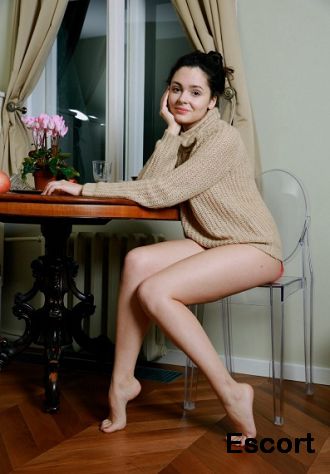
WEIGHT: 50 kg
Breast: 3
One HOUR:130$
NIGHT: +40$
Services: Sex oral in condom, Humiliation (giving), Bondage, Uniforms, Massage
The fabled city of Rey, razed to the ground by the Mongol hordes in the thirteenth century, is only a short distance from the Iranian capital of Tehran. To some, places like Shahr-e No were a fact of life, a part of their quotidian existence on the margins of society.
Kaveh Golestan was not among their number. In the early seventies, while in his twenties, he spent a number of years visiting Shahr-e No, striking up a rapport with its inhabitants. As well as the women of Shar-e No, the neighbourhood itself is also on display. In a vitrine, a map shows a district surrounded on all sides by walls, so as not to prove an eyesore. Golestan was part of a small group of intellectuals and artists keenly aware of the disparities between the social strata in Iran — of the gap between the reality of life for many Iranians, and the image of Iran the Shah was trying so assiduously to present to the world.

When Golestan took his photographs, prostitution, although rife, was forbidden. Yet according to Dr Kristin Soraya Batmanghelichi, the Pahlavi government helped regulate the industry, sending officials to Shar-e No to check for venereal disease among prostitutes.
The photographs on view at Tate Modern are more or less uniform in their composition. Pin-ups of Iranian pop singers and film stars adorn the peeling wallpaper of their living quarters, which resemble those of beasts more than they do human beings. In one photograph, a woman swings about a pot of esfand, a herb commonly burned to ward off the evil eye. Another holds up her ID papers, bearing her name, Zari, and a studio photograph of herself as a young girl, as if trying to prove to Golestan that she exists.

Elsewhere, he captures a deal in the making. A lanky young man in an alleyway cranes his head towards a woman with a hitched-up skirt. In the many Qajar-era travelogues written by European diplomats, scholars, writers, and other sundry characters populating the chessboard of the Great Game, the portrait is more or less the same: dilapidated caravanserais, non-existent hygiene, ancient ruins used for target practice, rundown roads and crumbling bridges, bandits walled-up alive by the roadside, and everywhere, disease, hunger, and poverty.



































